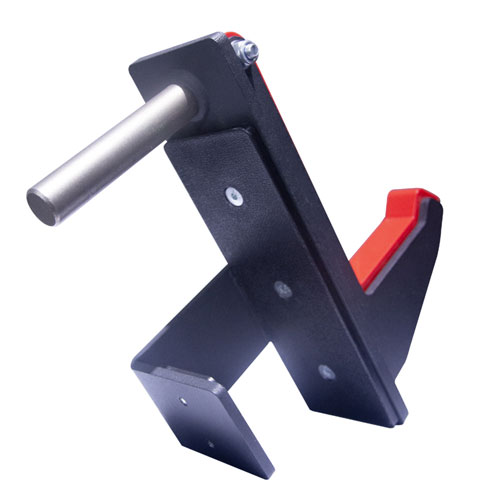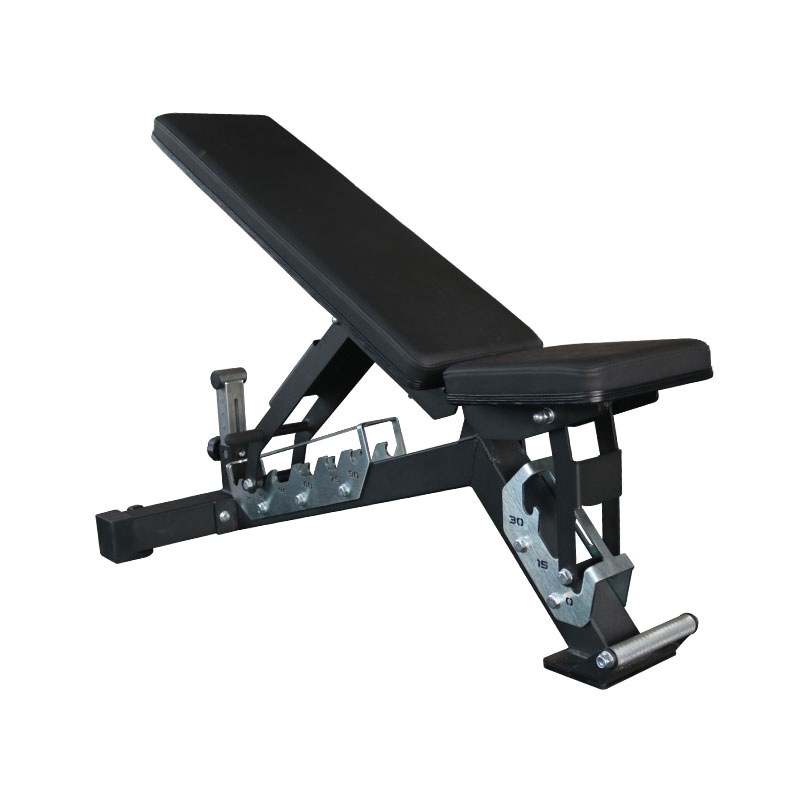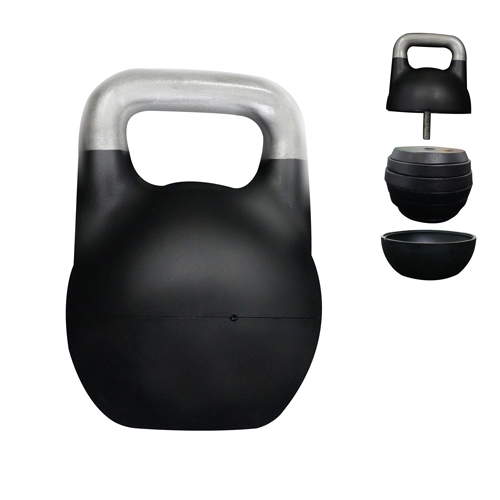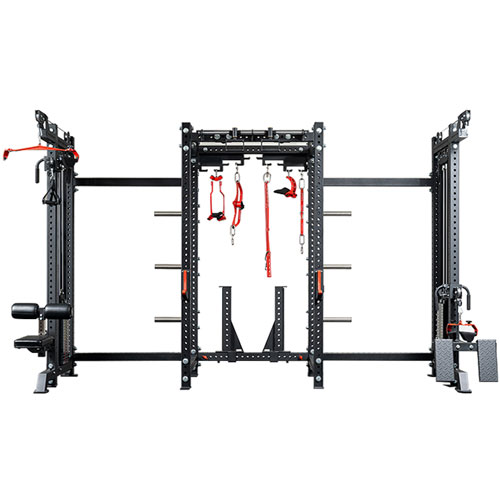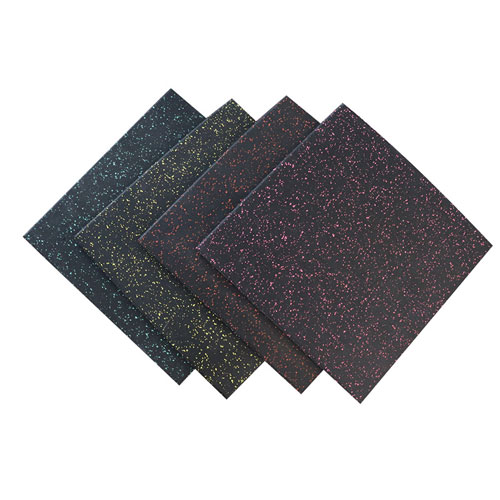Plate Guide : Choosing the Right Weight for Your Goals
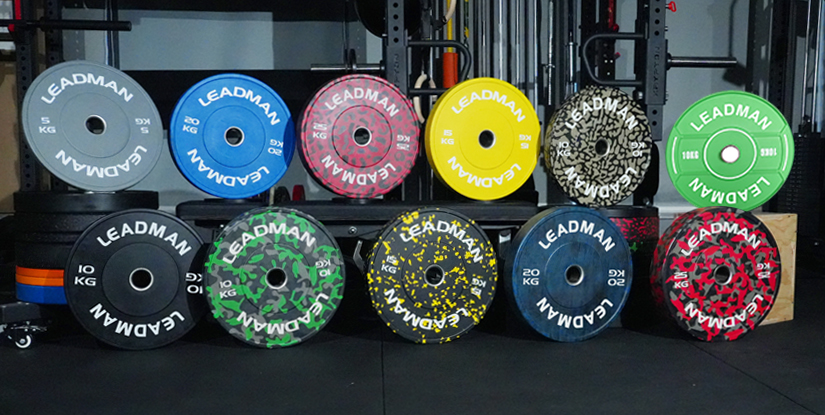
Choosing the correct plate weight is a foundational step in designing an effective strength training program. Whether you're a beginner or an experienced lifter, understanding how to match plate weights to your fitness goals ensures progress, prevents injuries, and maximizes results. This 4000+ word guide dives deep into plate selection strategies, combining science-backed principles with practical advice tailored to home gyms and commercial fitness spaces. Let’s explore how to optimize your workouts with Leadman Fitness’s premium equipment.
Understanding Plate Weight Ranges and Standards
Weight plates come in standardized increments, typically ranging from 2.5 lbs to 45 lbs, color-coded for quick identification. These increments allow precise load adjustments to match your strength level and exercise type:
- 2.5 lbs (Red): Ideal for isolation exercises like lateral raises or rehab workouts.
- 10 lbs (Yellow): Perfect for moderate lifts like overhead presses.
- 45 lbs (Black): Designed for compound movements like squats and deadlifts.
Aligning Plate Weight with Fitness Objectives
1. Muscle Hypertrophy
For muscle growth, aim for 70-85% of your one-rep max (1RM). For example, if your 1RM bench press is 200 lbs, use 140-170 lbs for 8-12 reps. Leadman Fitness’s cast iron plates provide the durability needed for heavy, repeated lifts.
2. Fat Loss & Endurance
Lighter weights (50-65% of 1RM) paired with higher reps (15-20) boost calorie burn. Rubber plates are ideal here—they reduce noise during circuit training and protect flooring.
The Science of Progressive Overload
Progressive overload is non-negotiable for long-term gains. Increase plate weight by 2.5-5% weekly. For example:
- Week 1: Squat 135 lbs (45 lbs plate x 3)
- Week 3: Squat 150 lbs (45 lbs + 25 lbs plates)
Track progress with a workout journal or app to stay consistent.
Avoiding Plateaus: Practical Strategies
Plateaus often stem from repetitive weight selection. Break through them by:
- Varying rep ranges (e.g., 5x5 heavy sets followed by 3x12 lighter sets).
- Incorporating drop sets with smaller plates (e.g., 45 lbs → 25 lbs).
- Using microplates (2.5 lbs) for incremental increases.
Exercise-Specific Weight Recommendations
1. Compound Lifts (Squats, Deadlifts)
Start with 60-70% of 1RM. For a 300 lbs deadlift, begin with 180-210 lbs (45 lbs plates x4-5).
2. Isolation Exercises (Bicep Curls)
Use 10-25 lbs plates for controlled movements. Leadman Fitness’s hex dumbbells prevent rolling and enhance grip.
Safety First: Protecting Your Body
- Always warm up with 50% of your working weight for 5-10 minutes.
- Use collars to prevent plates from sliding—critical for lifts like the bench press.
- Invest in quality flooring to absorb impact, especially with heavy rubber plates.
Why Leadman Fitness Plates Stand Out
Our plates are precision-engineered for durability and performance:
- Cast Iron Plates: Rust-resistant coating, accurate weight calibration (±1%).
- Rubber Bumper Plates: Odor-free, 100% recycled rubber with steel inserts.
Final Thoughts
Selecting the right plate weight isn’t just about numbers—it’s about aligning your equipment with your body’s capabilities and long-term goals. Whether you’re stocking a home gym or a commercial facility, Leadman Fitness offers versatile plate options designed to evolve with your training. Ready to elevate your workouts? Explore our full range of weight plates and barbells engineered for peak performance.
FAQs About Plate Weight Selection
1. How do I calculate my one-rep max (1RM)?
Use the Epley formula: 1RM = Weight lifted × (1 + 0.0333 × Reps). For example, if you lift 150 lbs for 5 reps: 1RM ≈ 150 × 1.166 = 175 lbs.
2. Can I mix cast iron and bumper plates?
Yes! Pair cast iron plates for base weight with bumper plates for noise reduction during Olympic lifts. Ensure barbell collars are secure.
3. What if I don’t have microplates?
Use resistance bands or adjust reps/sets. For example, add 2 extra reps instead of increasing weight.

